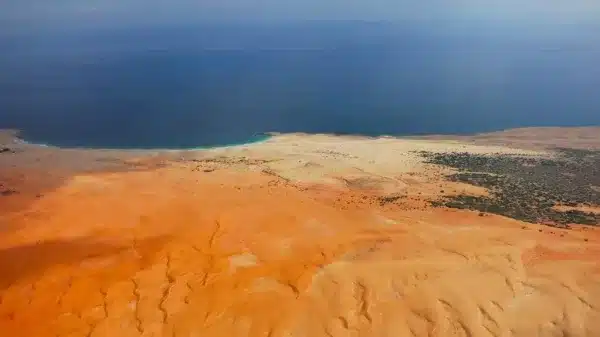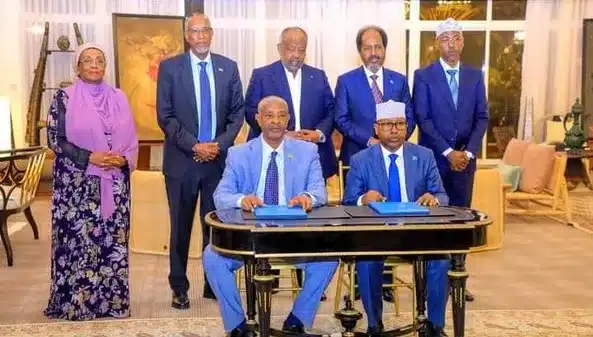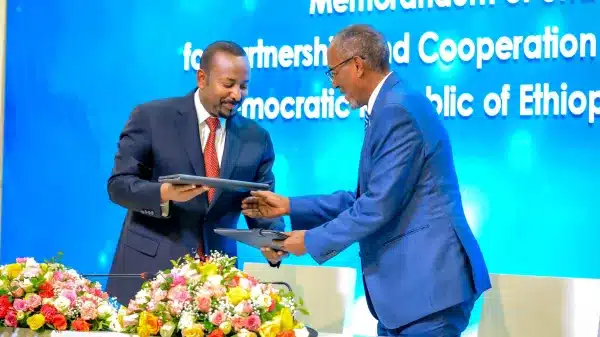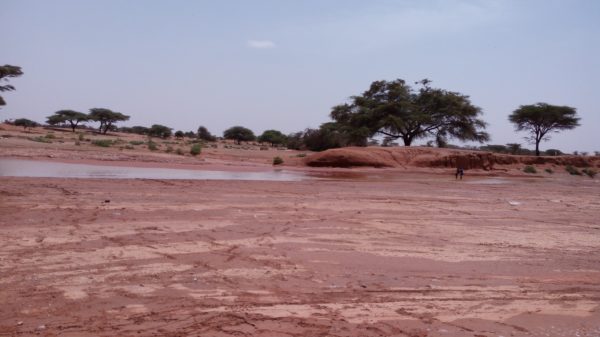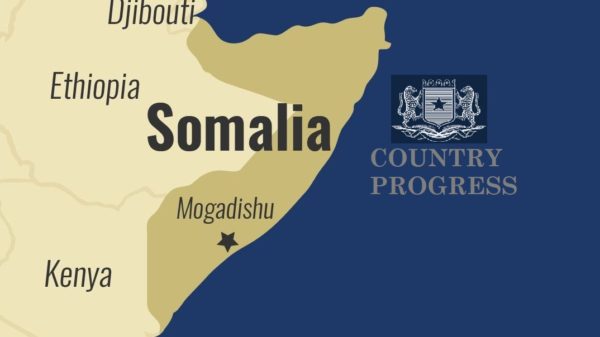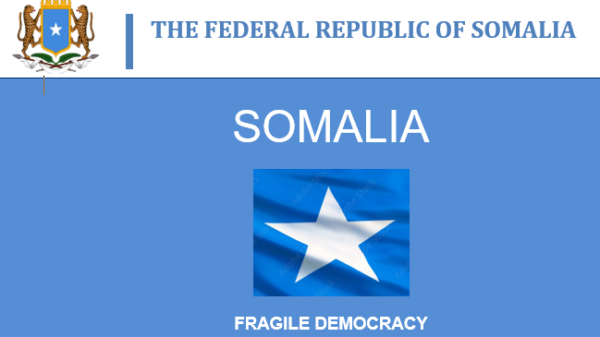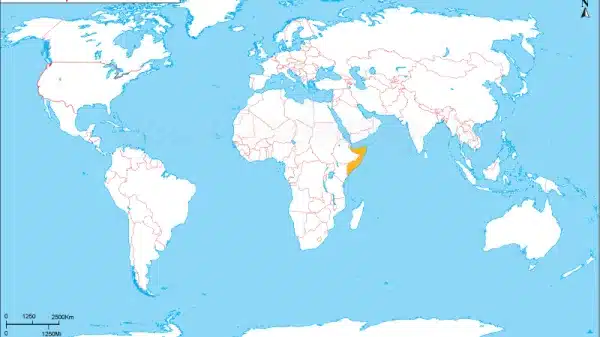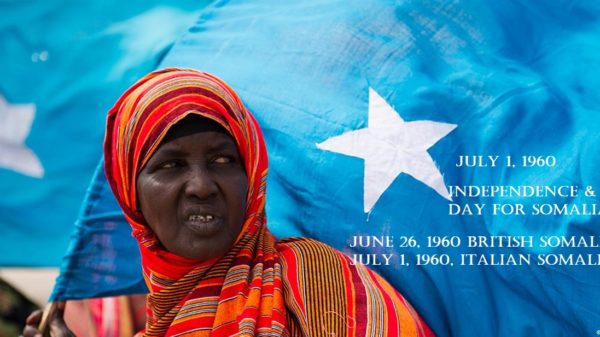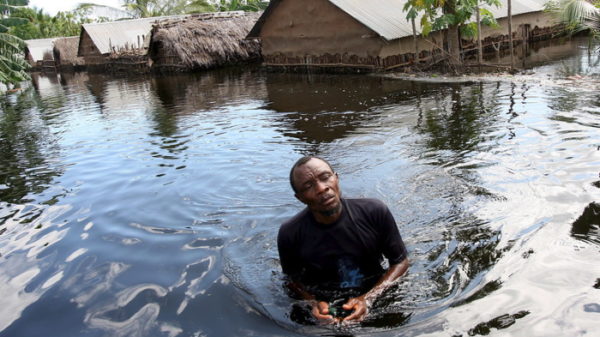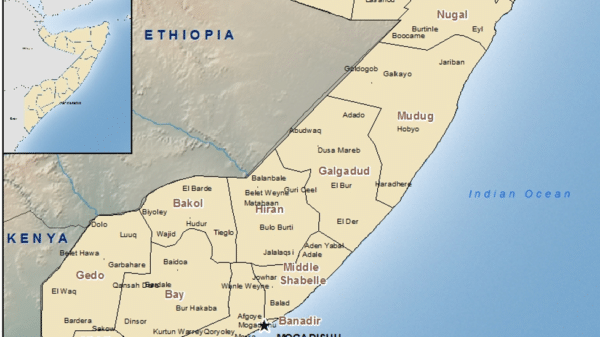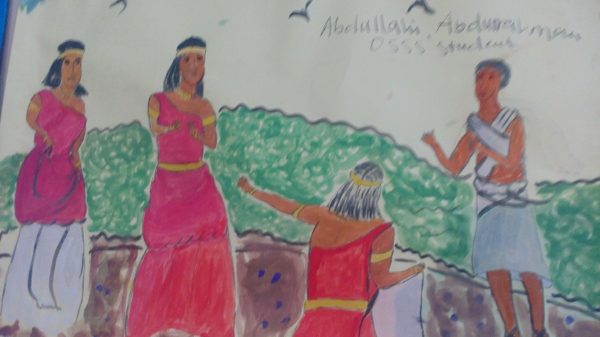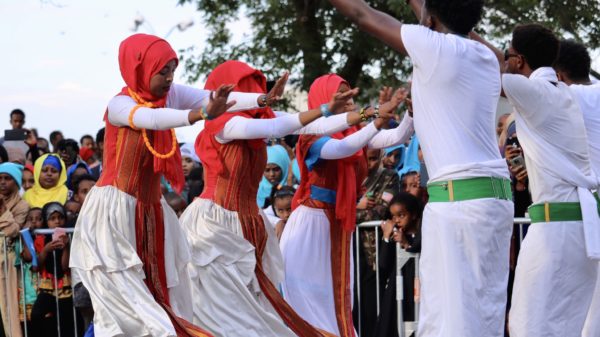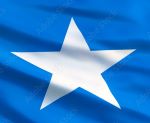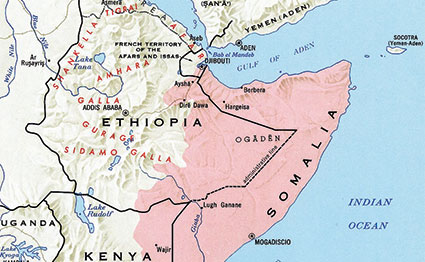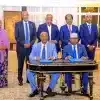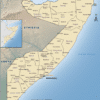Imperialism Impact on the Somali Peninsula in Africa
Dervish Movement
The biggest resistance army in the Somali Peninsula mobilized and commanded by Sayyid Mohammad Abdullah Hassan (1856-1921)
During the era of New Imperialism in the 19th century, various European powers such as Britain, Italy, and France established colonies on the Somali Peninsula. Additionally, the Ethiopian Empire, in collaboration with the European colonialists, extended its authority and influence to the western region of the Somali Peninsula, specifically occupying what is now known as Ogaden or the Somali region in Ethiopia.
However, this expansion was not without opposition from the Somali people, who united under tribal factions to form strong alliances. The most prominent resistance movement, known as the “Dervish Movement,” was commanded and mobilized by Sayyid Mohammad Abdullah Hassan (1856-1921), commonly referred to as the “Mad Mullah” in Western contemporary history. Sayyid Mohammad, a Somali religious scholar, poet, and leader, led a rebellion against the European colonizers, Ethiopian imperialist expansion and their Somali allies for over twenty years, from 1898 to 1920.
The exhaustive and costly resistance against imperialism led by Sayyid Mohammad had significant implications for all parties involved. His firm message to the colonizers made it abundantly clear that he was prepared to make any sacrifice in the name of his faith, land, and people. Notably, upon the arrival of the colonialists on the Somali Peninsula, they were met with a protracted and fierce war that spanned over two decades.
This conflict resulted in heavy casualties on both sides, although the resistance suffered more due to their technological disadvantage. Despite its endurance, the resistance eventually succumbed to the colonialists, leading to the downfall of the Dervish Movement after Sayyid Mohammad’s passing in 1921. It is believed that Sayyid Mohamed Abdulle Hassan, the leader of the Dervish Movement, passed away in the Ogaden region of Somalia, likely between the months of March or April in 1921. The exact date of his death remains uncertain, with possible causes including malaria, pneumonia, or influenza being subjects of debate.
The resistance of the Dervish Movement, spanning two decades, challenged the British, Italian, and Abyssinian expansionist empire, not only opposing imperialism but also combatting Christian missionary activities and defending Islam. The Dervish Movement gained significant influence and military power on the Somali Peninsula, successfully thwarting numerous costly British and Italian military expeditions and consistently countering Abyssinian attacks.
However, after failed attempts by the British and Italians to conquer the Dervish Movement, the British Colonial Empire resorted to air bombardments, utilizing their ultimate power to bring down the movement. This British air offensive, the first of its kind in Africa, demolished the Dervish Movement’s headquarters in Taleh, instilling terror, causing the disintegration of the Somali forces, and ultimately resulting in the complete collapse of the resistance in 1921.
From 1921 to 1950, after the Dervish Movement was crushed, allowing the colonial powers to maintain control over the Somali Peninsula with expanded territories. However, a new form of resistance against colonialism emerged in Somalia. The Somali Youth League (SYL), originally known as the Somali Youth Club (SYC), appeared as the first modern political movement in Somalia. It was established on May 13, 1943, and became one of the earliest independence movements in Africa. Throughout the 1940s, 1950s, and 1960s, the SYL played a crucial role in guiding Somalia towards independence. SYL was dedicated to the idea of Somali unity or Pan-Somalism, with Somalia being divided under five different colonial territories.
Somali aspirations faced a significant challenge during this period. The imperial powers deliberately divided the Somali ethnic community to exert dominance and control over their vast land. In the late 19th century, Somalia was partitioned into five regions – four colonized by different European powers, and the Ethiopian Semitic Kingdom annexed one.
Consequently, the Italian Fascist Government controlled the South and Central regions along the Indian Ocean, creating what is now known as the Italian protectorate Somaliland. The North, along the Red Sea and the Gulf of Aden, became the British protectorate of Somaliland. The French took over the Afar and Isse regions along the Red Sea and the Gulf of Aden, establishing Djibouti, or the French Somaliland. Additionally, the British claimed the Northern Frontier District (NFD) as part of Kenya within the British Protectorate in East Africa. Ethiopia, on the other hand, claimed the Western Somali region, also known as Ogadenia and Hawd, as part of the Abyssinian Land.
Understanding the historical context of pre-independence Somalia is vital in comprehending the birth and decline of the Somali nation. Prior to gaining independence in 1960, Somalia was deeply influenced by colonial powers. The impact of colonial rule on Somalia should not be underestimated. The colonial powers imposed their own administrative systems, disrupted traditional social structures, and exploited the land’s resources. This led to a sense of disunity among the Somali people, who were separated by arbitrary borders and subjected to foreign governance.
Nonetheless, the desire for independence and the reunification of Somali territories remained strong. Nationalist movements advocating for self-governance and the reunification of Somali territories began to emerge in the 1940s. These movements gained momentum in the 1950s, with the Somali Youth League (SYL) emerging as a prominent force in the fight for independence.
However, the newly independent nation faced immense challenges. Somalia had to grapple with issues such as nation-building, economic development, and political stability. These challenges, coupled with regional conflicts, tribal tensions, and external interference, laid the groundwork for the eventual downfall of the Somali nation.
OGAAL STAR
The Somali Perspective
Feedback
Dear reader your feedback is very important to and will help us improve our work, so please leave a comment.
Thank you
Author
-
Strategic Communication Specialist and Consultant, graduated from The Ohio State University with Strategic Communication major and Journalism. Follows the social and political changes of the wider East Africa region, with keen interest of the Somali news and issues, with over 12 years media and communication experience in the region.
View all posts




